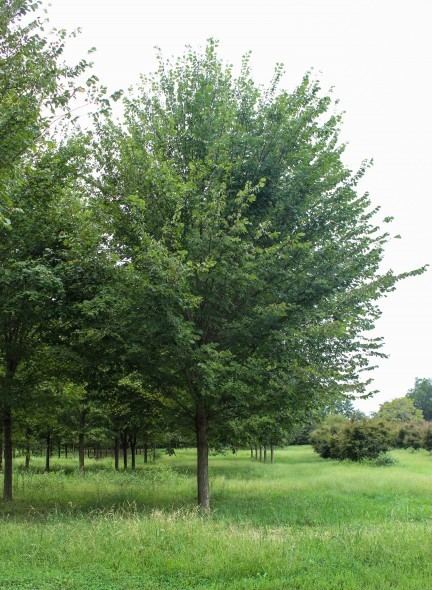Origin Princeton, USA | ||
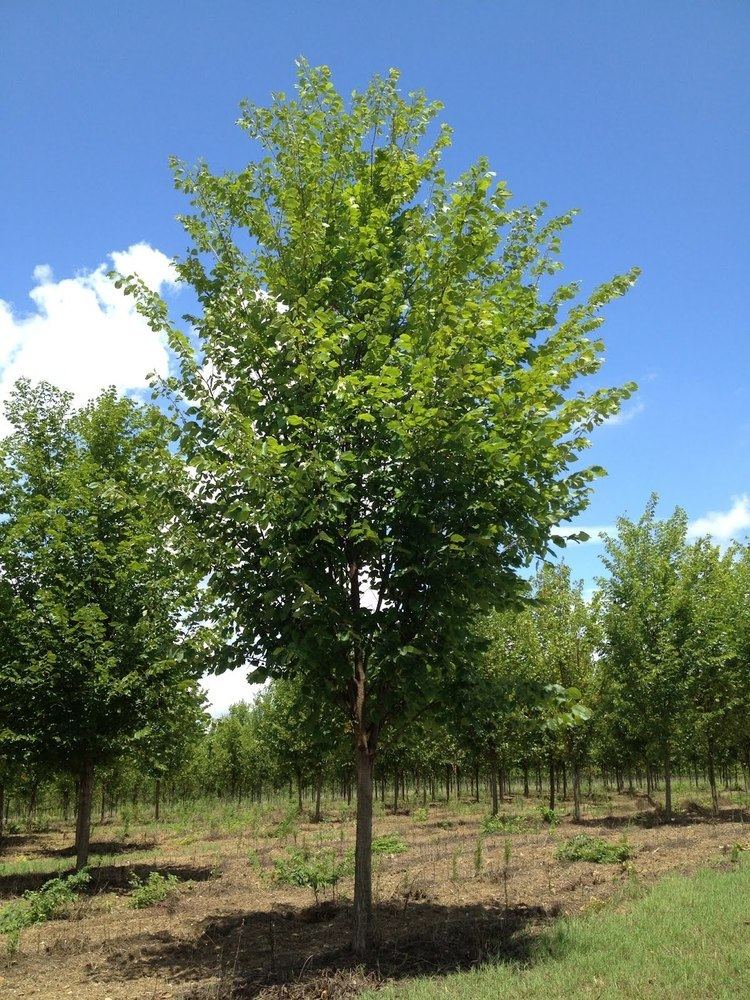 | ||
Similar Ulmus americana 'Valley Fo, Ulmus 'Morton' Accolade, Ulmus americana 'Jefferson', Ulmus 'Morton Glossy' Tr, Ulmus 'Patriot' | ||
The American Elm cultivar Ulmus americana 'Princeton' was originally selected in 1922 by New Jersey nurseryman William Flemer for its aesthetic merit. By coincidence, 'Princeton' was later found to have a moderate resistance to Dutch elm disease in the USA.
Contents

Description

The tree can grow to > 30 m in height, and is distinguished by its dense, symmetrical, upright form and dark green foliage, ultimately forming a broad umbrella crown. Crotch angles can be acute, with considerable bark inclusion which can later lead to branch breakages. The leaves are < 16 cm long by 8 cm broad. 'Princeton' grows quickly, young trees increasing in height by over 1.6 m per annum (d.b.h. by 2.8 cm p.a.) in an assessment at U C Davis as part of the National Elm Trial. The tree commences flowering aged nine years.
Pests and diseases

Testing in laboratory conditions by the United States Department of Agriculture (USDA) in 1992-1993 revealed that this cultivar has a resistance to Dutch elm disease, although the original Princeton Elm, which grew in Princeton Cemetery and was estimated to be over 150 years old, was felled in April 2005 after suffering 60% dieback, attributed by some accounts to Dutch Elm Disease [2]. Moreover, trees introduced to the UK, where the larger bark beetle Scolytus scolytus is the principal vector, were found to be susceptible, and many died, as did all 20 sent to Eisele, Darmstadt, for testing by inoculation with the pathogen. Princeton Elms planted in North America are highly prone to leaf damage by Japanese beetles Popillia japonica. Trees grown in the UK have also proven very susceptible to damage by leaf-feeding insects, far more so than native or Asiatic elms. Henry noted that such damage was common to all American Elm Ulmus americana grown in the UK. Trees grown in northern California at U C Davis became infested with leaf curling aphids (Eriosoma), producing copious amounts of honeydew.
Cultivation
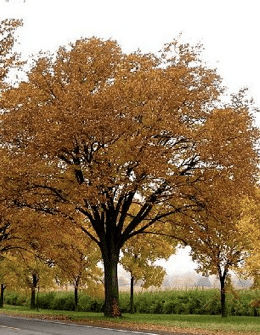
Examples of 'Princeton' were planted along Washington Road and another road in Princeton; most of these trees survive to this day [3] unaffected by disease. The cultivar was more recently chosen to replace elms killed by disease along Pennsylvania Avenue in front of the White House. 'Princeton' is currently being evaluated in the United States as part of the National Elm Trial coordinated by Colorado State University [4].
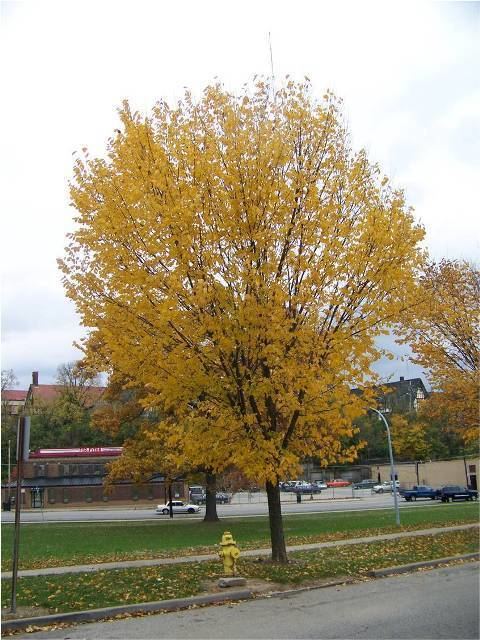
The tree has also been reintroduced to the UK.[5] In 2004 three specimens were planted in the gardens of Worcester College, Oxford; Penelope Hobhouse ordered two specimens from the New York Botanical Gardens for planting at her family home, Hadspen, in Somerset. Two years later, 'Princeton' was planted by HRH The Prince of Wales to create the Anniversary Avenue at his residence Highgrove House, however all the trees were removed and burnt in 2012 after five died of DED. In 2009, 100 Princetons were planted in Phoenix Park, Dublin, to replace some of the 2000 native elms lost to Dutch elm disease since the 1980s.[6].
'Princeton' was deemed in need of relatively high pruning requirement in the trials at U C Davis.
North America

Europe
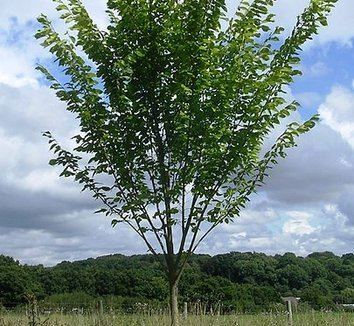
North America
